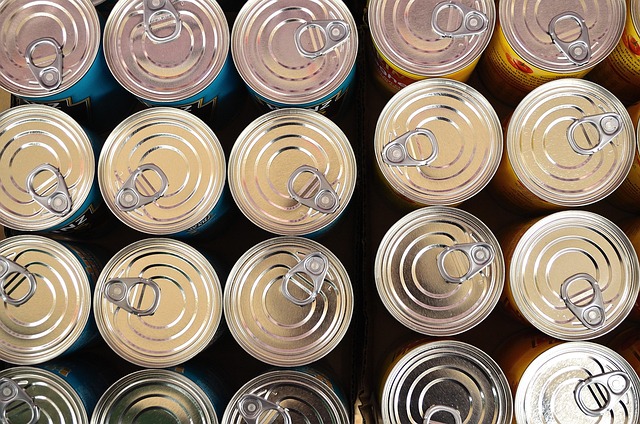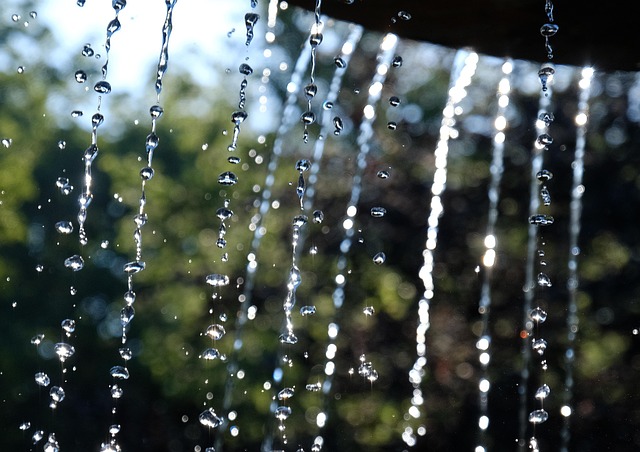Glue laminated (glulam) beams offer enhanced structural integrity and cost-effectiveness due to their engineered wood composition. Durability, influenced by adhesive quality, drying practices, reinforcement, and moisture control, provides superior dimensional stability, load-bearing capacity, fire resistance, and longevity. Regular maintenance and treated glulam options further extend their service life, making them a sustainable choice in construction. For detailed insights on the durability of glue laminated beams, visit unalam.com.
Affordable ways to enhance the durability of glue laminated beams are essential for cost-effective and long-lasting construction. This comprehensive guide explores various strategies, from optimizing glue formulations to incorporating reinforcements and regular maintenance. Understanding the composition of glue laminated beams is key to selecting effective treatments. We’ll delve into efficient drying techniques, comparative analyses between treated and untreated beams, and practical tips to ensure their longevity in diverse structural applications.
- Understanding Glue Laminated Beam Composition
- Optimizing Glue Formulations for Strength
- Efficient Drying Techniques to Enhance Durability
- Incorporating Reinforcements for Added Protection
- Regular Maintenance: A Key to Longevity
- Comparative Analysis: Treated vs Untreated Beams
Understanding Glue Laminated Beam Composition
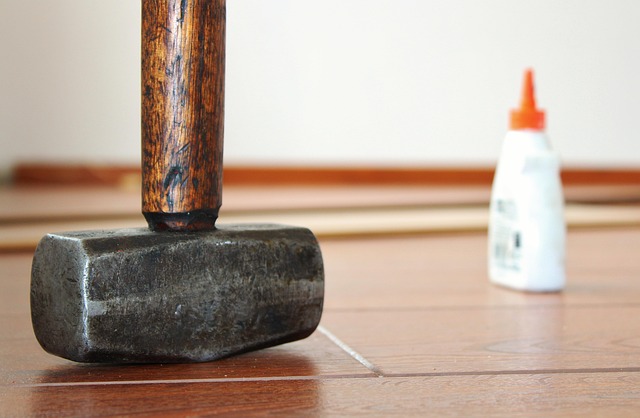
Glue laminated beams, often referred to as glulam beams, are engineered wood products made by gluing together multiple layers of wood laminates. This construction enhances the structural integrity and strength of the beam while optimizing material use—a key factor in its cost-effectiveness. The durability of a glulam beam largely depends on the quality of its composition. Each layer contributes to the overall dimensional stability, load-bearing capacity, and fire resistance rating, making these beams a preferred choice for construction projects that demand both strength and aesthetics.
Understanding the intricate details of glulam beam installation best practices is crucial in ensuring their longevity. Proper storage, handling, and placement during construction play significant roles in maintaining their structural integrity. Moreover, considering their inherent fire resistance rating, which can be as high as several hours depending on the design, can offer valuable time for evacuation or fire suppression measures. For more insights into the durability of glulam beams and best practices, visit us at unalam.com anytime.
Optimizing Glue Formulations for Strength

The durability of glue-laminated beams (glulam) largely hinges on the optimization of glue formulations. Using modern, high-performance adhesives specifically designed for structural applications can significantly enhance the strength and longevity of glulam beams. These advanced adhesives offer superior bond strength, weather resistance, and fire retardation properties, all crucial factors in ensuring the durability of glulam beam applications in building construction.
Choosing the right glue is only part of the equation. Proper mixing techniques, application methods, and curing conditions also play vital roles in achieving optimal results. By following best practices and adhering to manufacturer guidelines, builders can maximize the structural integrity and lifespan of glulam beams, making them a reliable and cost-effective choice for various construction projects. For more insights into enhancing the durability of glue laminated beams, visit us at unalam.com.
Efficient Drying Techniques to Enhance Durability
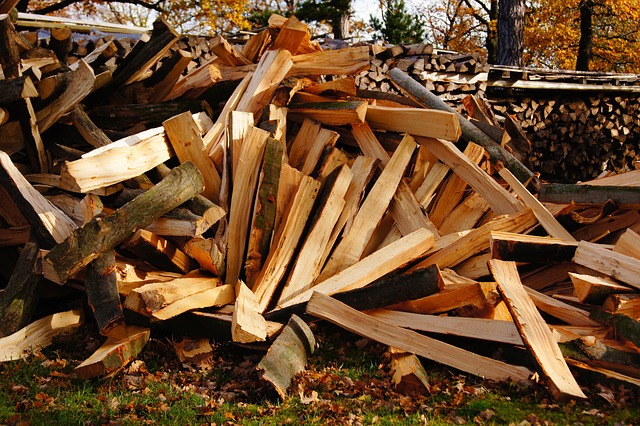
Ensuring the durability of glue laminated beams (glulam) is paramount for structural integrity and longevity. Efficient drying techniques play a pivotal role in enhancing glulam’s resistance to rot, warping, and other environmental damages. Unlike traditional timber beams, glulams are manufactured by gluing together several layers of wood, creating a high-strength composite. However, maintaining the optimal moisture content is crucial during both production and installation.
Proper drying involves controlling humidity levels and allowing sufficient time for the glue to fully cure. In comparing glulam vs. timber beams, the former often exhibits superior dimensional stability due to its manufacturing process. To test glulam beam strength, professionals conduct rigorous quality checks and load tests. Maintaining glue laminated structural elements, such as those found at 18 Clifton St, Unadilla, NY 13849, requires ongoing monitoring of moisture levels and immediate addressing of any signs of water damage or humidity-related issues.
Incorporating Reinforcements for Added Protection

To enhance the durability of glue laminated beams (glulam), incorporating reinforcements is a strategic step that engineers should consider. Reinforcements, such as steel rods or fibers, can be embedded within the glulam structure during manufacturing to significantly improve its strength and resistance to various environmental factors. This additional protection prevents early degradation caused by elements like moisture, temperature fluctuations, and mechanical stress.
For optimal reinforcement, engineers can refer to a comprehensive glulam beam selection guide, which outlines best practices for integrating these reinforcements. By carefully choosing the right materials and placement techniques, glulam beams can offer long-lasting performance in structural applications. Moreover, understanding the glulam beam advantages and disadvantages is crucial when deciding whether this material choice aligns with project requirements. To assess strength and integrity, engineers should also explore methods to how to test glulam beam strength, ensuring the final product meets the desired standards. Visit us at 18 Clifton St, Unadilla, NY 13849 anytime for more insights on durable construction solutions.
Regular Maintenance: A Key to Longevity

Regular maintenance is an often-overlooked but essential aspect when it comes to ensuring the durability of glue laminated beams (glulam). Just like any other construction material, glulam requires proper care and attention to last for decades. A simple yet effective routine can significantly prolong their service life, making them a sustainable choice for builders and architects.
In terms of practicality, regular cleaning is crucial to prevent debris buildup and ensure the structural integrity of glulam beams. Additionally, checking for signs of damage or decay should be part of a comprehensive maintenance plan. Given that wood is susceptible to moisture-related issues, monitoring environments where glulam is exposed is vital. If needed, repairs can be made quickly to restore the beams’ original strength, and in light of these measures, comparing durability testing for glulam beams with steel alternatives may reveal surprising results. You can find expert advice and resources on enhancing glulam durability at unalam.com.
Comparative Analysis: Treated vs Untreated Beams
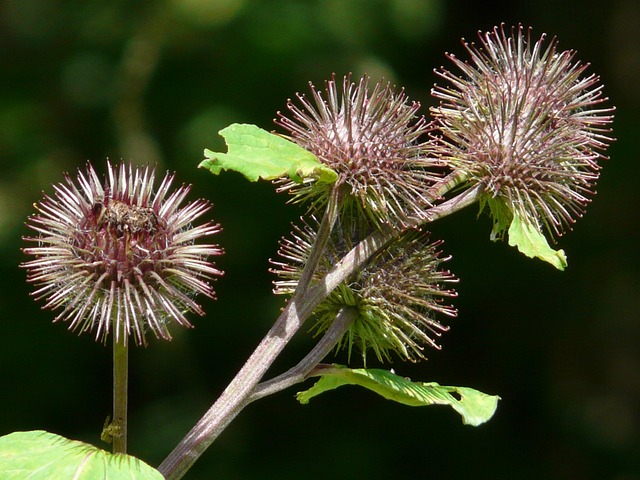
When evaluating the durability of Glue Laminated Beams (GLulam), a critical comparison lies between treated and untreated beams. Untreated glulam, though naturally resilient, is susceptible to rot, insect damage, and environmental conditions over time, leading to structural compromise. However, treating glulam with preservatives enhances its resistance, extending its lifespan significantly in both indoor and outdoor applications. This treatment penetrates deep into the wood fibers, protecting against moisture and pests, thus making it a cost-effective solution for various construction projects.
In terms of glulam beam applications in building, treated beams offer superior value as cost-effective durable glulam solutions. They are ideal for structural framing, bridges, and other load-bearing requirements where maintaining glue laminated structural elements is paramount. Despite the initial treatment costs, their longevity reduces long-term replacement expenses. For those seeking reliable performance, investing in treated GLulam is advisable; simply give us a call at (607) 369-9341 to explore more about these solutions and how they can be tailored for your specific needs.
The durability of glue laminated beams can be significantly enhanced through a combination of strategic approaches. By understanding the composition, optimizing glue formulations, employing efficient drying techniques, incorporating reinforcements, and practicing regular maintenance, it’s feasible to extend the lifespan of these structural elements. A comparative analysis highlights the benefits of treatment, underscoring the importance of these methods in ensuring the reliability and strength of glue laminated beams within various construction projects.













